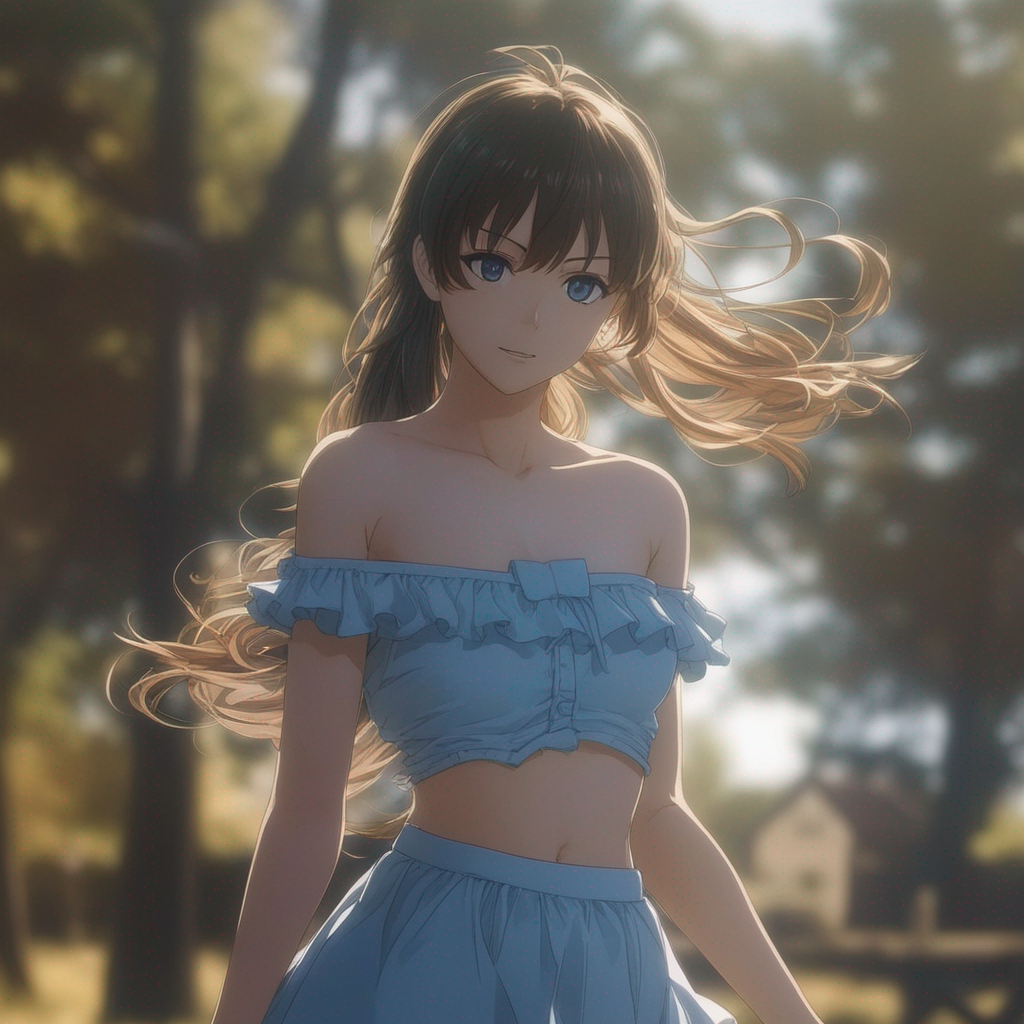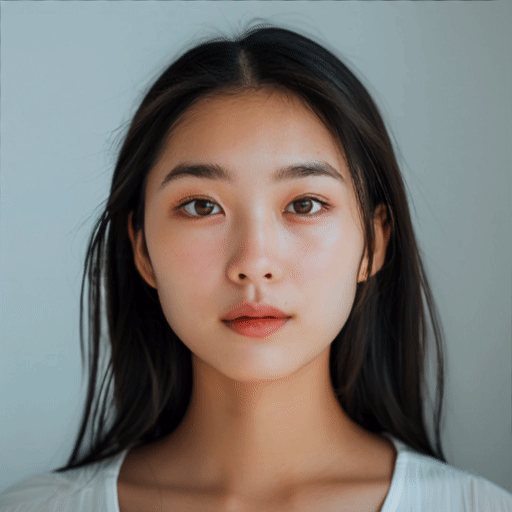Zf-kbot
Models by this creator

sd-inpaint

1.3K
The sd-inpaint model is a powerful AI tool developed by zf-kbot that allows users to fill in masked parts of images using Stable Diffusion. It is similar to other inpainting models like stable-diffusion-inpainting, stable-diffusion-wip, and flux-dev-inpainting, all of which aim to provide users with the ability to modify and enhance existing images. Model inputs and outputs The sd-inpaint model takes a number of inputs, including the input image, a mask, a prompt, and various settings like the seed, guidance scale, and scheduler. The model then generates one or more output images that fill in the masked areas based on the provided prompt and settings. Inputs Image**: The input image to be inpainted Mask**: The mask that defines the areas to be inpainted Prompt**: The text prompt that guides the inpainting process Seed**: The random seed to use for the image generation Guidance Scale**: The scale for the classifier-free guidance Scheduler**: The scheduler to use for the image generation Outputs Output Images**: One or more images that have been inpainted based on the input prompt and settings Capabilities The sd-inpaint model is capable of generating high-quality inpainted images that seamlessly blend the generated content with the original image. This can be useful for a variety of applications, such as removing unwanted elements from photos, completing partially obscured images, or creating new content within existing images. What can I use it for? The sd-inpaint model can be used for a wide range of creative and practical applications. For example, you could use it to remove unwanted objects from photos, fill in missing portions of an image, or even create new art by generating content within a specified mask. The model's versatility makes it a valuable tool for designers, artists, and content creators who need to modify and enhance existing images. Things to try One interesting thing to try with the sd-inpaint model is to experiment with different prompts and settings to see how they affect the generated output. You could try varying the prompt complexity, adjusting the guidance scale, or using different schedulers to see how these factors influence the inpainting results. Additionally, you could explore using the model in combination with other image processing tools to create more complex and sophisticated image manipulations.
Updated 9/19/2024

photo-to-anime

160
The photo-to-anime model is a powerful AI tool that can transform ordinary images into stunning anime-style artworks. Developed by maintainer zf-kbot, this model leverages advanced deep learning techniques to imbue photographic images with the distinct visual style and aesthetics of Japanese animation. Unlike some similar models like animagine-xl-3.1, which focus on text-to-image generation, the photo-to-anime model is specifically designed for image-to-image conversion, making it a valuable tool for digital artists, animators, and enthusiasts. Model inputs and outputs The photo-to-anime model accepts a wide range of input images, allowing users to transform everything from landscapes and portraits to abstract compositions. The model's inputs also include parameters like strength, guidance scale, and number of inference steps, which give users granular control over the artistic output. The model's outputs are high-quality, anime-style images that can be used for a variety of creative applications. Inputs Image**: The input image to be transformed into an anime-style artwork. Strength**: The weight or strength of the input image, allowing users to control the balance between the original image and the anime-style transformation. Negative Prompt**: An optional input that can be used to guide the model away from generating certain undesirable elements in the output image. Num Outputs**: The number of anime-style images to generate from the input. Guidance Scale**: A parameter that controls the influence of the text-based guidance on the generated image. Num Inference Steps**: The number of denoising steps the model will take to produce the final output image. Outputs Array of Image URIs**: The photo-to-anime model generates an array of one or more anime-style images, each represented by a URI that can be used to access the generated image. Capabilities The photo-to-anime model is capable of transforming a wide variety of input images into high-quality, anime-style artworks. Unlike simpler image-to-image conversion tools, this model is able to capture the nuanced visual language of anime, including detailed character designs, dynamic compositions, and vibrant color palettes. The model's ability to generate multiple output images with customizable parameters also makes it a versatile tool for experimentation and creative exploration. What can I use it for? The photo-to-anime model can be used for a wide range of creative applications, from enhancing digital illustrations and fan art to generating promotional materials for anime-inspired projects. It can also be used to create unique, anime-themed assets for video games, animation, and other multimedia productions. For example, a game developer could use the model to generate character designs or background scenes that fit the aesthetic of their anime-inspired title. Similarly, a social media influencer could use the model to create eye-catching, anime-style content for their audience. Things to try One interesting aspect of the photo-to-anime model is its ability to blend realistic and stylized elements in the output images. By adjusting the strength parameter, users can create a range of effects, from subtle anime-inspired touches to full-blown, fantastical transformations. Experimenting with different input images, negative prompts, and model parameters can also lead to unexpected and delightful results, making the photo-to-anime model a valuable tool for creative exploration and personal expression.
Updated 9/19/2024

live-portrait

5
The live-portrait model is a unique AI tool that can create dynamic, audio-driven portrait animations. It combines an input image and video to produce a captivating animated portrait that reacts to the accompanying audio. This model builds upon similar portrait animation models like live-portrait-fofr, livespeechportraits-yuanxunlu, and aniportrait-audio2vid-cjwbw, each with its own distinct capabilities. Model inputs and outputs The live-portrait model takes two inputs: an image and a video. The image serves as the base for the animated portrait, while the video provides the audio that drives the facial movements and expressions. The output is an array of image URIs representing the animated portrait sequence. Inputs Image**: An input image that forms the base of the animated portrait Video**: An input video that provides the audio to drive the facial animations Outputs An array of image URIs representing the animated portrait sequence Capabilities The live-portrait model can create compelling, real-time animations that seamlessly blend a static portrait with dynamic facial expressions and movements. This can be particularly useful for creating lively, engaging content for video, presentations, or other multimedia applications. What can I use it for? The live-portrait model could be used to bring portraits to life, adding a new level of dynamism and engagement to a variety of projects. For example, you could use it to create animated avatars for virtual events, generate personalized video messages, or add animated elements to presentations and videos. The model's ability to sync facial movements to audio also makes it a valuable tool for creating more expressive and lifelike digital characters. Things to try One interesting aspect of the live-portrait model is its potential to capture the nuances of human expression and movement. By experimenting with different input images and audio sources, you can explore how the model responds to various emotional tones, speech patterns, and physical gestures. This could lead to the creation of unique and captivating animated portraits that convey a wide range of human experiences.
Updated 9/19/2024